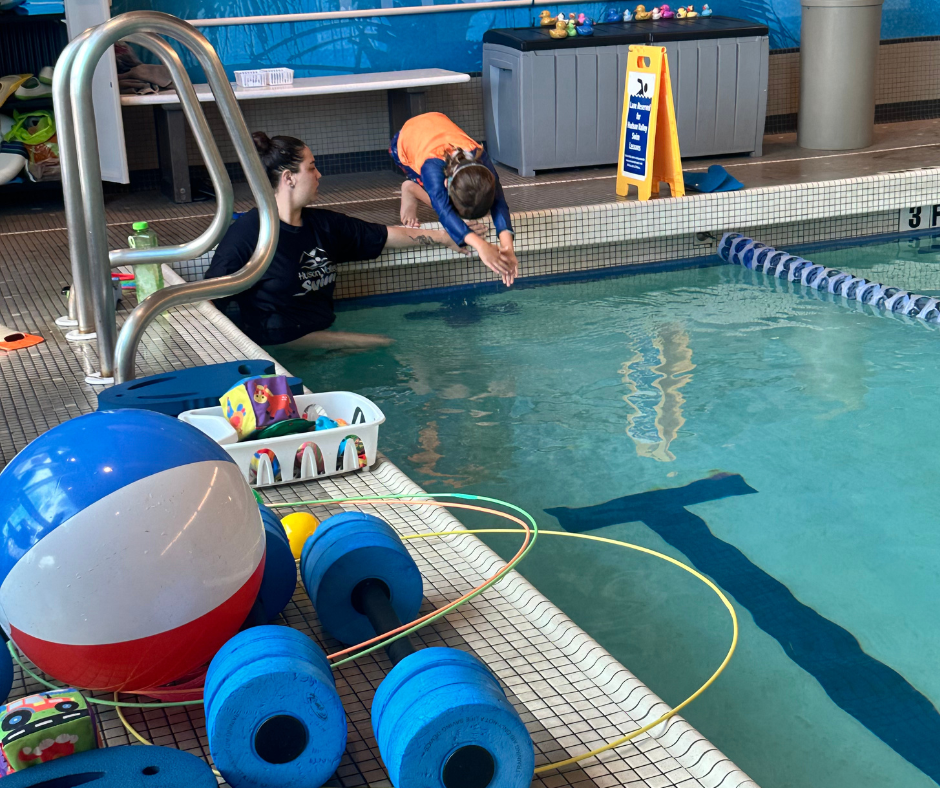Swimming is more than just a fun activity; it’s a life skill that builds confidence, improves coordination, and ensures water safety. As a parent, one of the most common questions is: “How often should my child take swim lessons to see real progress?” The answer depends on age, skill level, and individual learning pace, but there are general guidelines that can help maximize results.
1. Consistency is Key
Like any skill, swimming improves with practice. Regular lessons help children retain what they learn and develop muscle memory.
1 lesson per week: Suitable for beginners or very young children; good for exposure and familiarity, but progress may be slower.
2 lessons per week: Ideal for most children; balances learning with retention and allows skills to develop more quickly.
3 or more lessons per week: Perfect for children preparing for competitive swimming or for those who need extra practice to overcome fear of water.
Tip: Short, frequent lessons are generally more effective than long, infrequent ones. Younger children benefit from 20–30 minute lessons, while older kids can handle longer sessions.
2. Age and Development Influence Learning
Different age groups progress at different rates:
Infants (4 months–1 year): Focus is on water comfort, basic floating, and parent-guided activities. Lessons once a week are usually sufficient, with exposure through play in between sessions.
Toddlers (1–3 years): Begin to learn basic swimming motions and water safety skills. Two lessons per week help reinforce muscle memory and water confidence.
Preschool and school-age children (4–12 years): Can handle structured swim lessons more effectively. Two to three lessons per week often produce the fastest and most consistent results.
3. Practice Outside of Lessons
Progress isn’t limited to class time. Encouraging safe water play and supervised practice at home or during pool visits helps reinforce skills:
Splashing and kicking exercises
Floating practice
Simple games that incorporate swimming motions
Even a few minutes of practice a day can make a big difference when combined with regular lessons.
4. Set Realistic Goals and Track Progress
Every child learns at their own pace. Setting small, achievable goals helps maintain motivation:
Learning to float independently
Completing a short lap or swim across the pool
Mastering basic strokes
Celebrate milestones to keep lessons fun and encourage commitment.
5. Make It a Routine
Children thrive on routine, and swimming is no exception. Scheduling lessons at consistent times each week helps establish a habit, reduces stress, and ensures ongoing progress.
6. Start Today at Hudson Valley Swim
At Hudson Valley Swim Boca Raton, we offer year-round lessons for children of all ages, from infants to teens. Our experienced instructors create a supportive, fun environment that encourages regular participation and steady improvement.
Sign up for a free trial class for new students today and help your child build confidence, skill, and a lifelong love for swimming!

